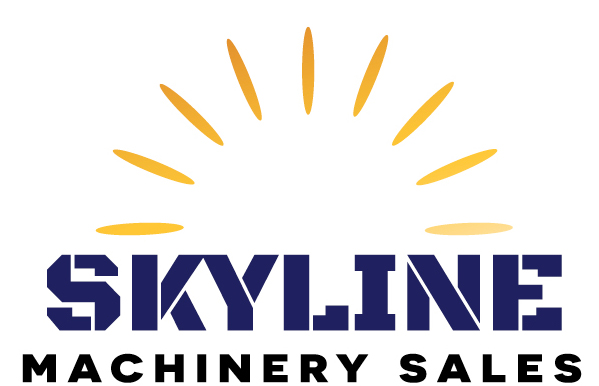Do you know how to pick the best excavator? Here are some tips for you to consider when looking at your new piece of heavy equipment.
Excavators provide great flexibility, reliability and efficiency whether working on small home renovation projects or large municipal buildings. However, there are many types of them and you can purchase them all from Skyline Machinery Sales.
Types of Excavators
- Crawler (Standard)
- Runs on two rotating tracks instead of wheels. With hydraulic power, the stable machinery can dig deep to build trenches, improve landscape grading or help with mining projects.
- Wheeled
- The wheeled excavator operates similar to a crawler, however, it operates on wheels. The machinery runs on solid surfaces, like concrete or asphalt, to ensure the wheels maintain traction. The device operates smoothly and maneuvers easily.
- Long Reach
- These crawlers feature an extensive arm to excavate spaces difficult to reach. Usually, the range is 40 to 100 feet horizontally.
Excavators Sizes
- Mini Excavator
- Holds up to six metric tons (just over 13,000 pounds)
- Fits in tight spaces due to narrow undercarriage
- Uses less fuel
- More responsive; easier to maneuver
- Mid-sized Excavator
- Holds six to 10 metric tons (about 13,000 to 22,000 pounds)
- Standard/Full-sized Excavator
- Holds 10 to 90 metric tons (about 22,000 to 198,000 pounds)
- Uses the most fuel
- Responsive; requires more space to maneuver
Parts of the Excavator
- Bucket - Used for grading, digging and lifting materials
- Arm - Controls the bucket
- Hydraulic Cylinder - Produces motion and force needed to move the arm and boom
- Boom - Extended part that connects arm to core of excavator
- Cab - Protective housing for the excavator operator. Often times climate controllable with air conditioning and heat, and cameras
- Engine - Powers your excavator and its parts
- Counterweight - Balances the weight of the arm and items you’re lifting in your bucket.
- Track Frame/wheel - Base that moves the entire excavator around.
- Swing Bearing/Slew Ring - Located between upper frame (cab/engine/counterweight) and lower frame (track wheel), and allows the excavator to rotate 360 degrees.
Questions?
Contact our Skyline Machinery Sales specialists today for more information.

